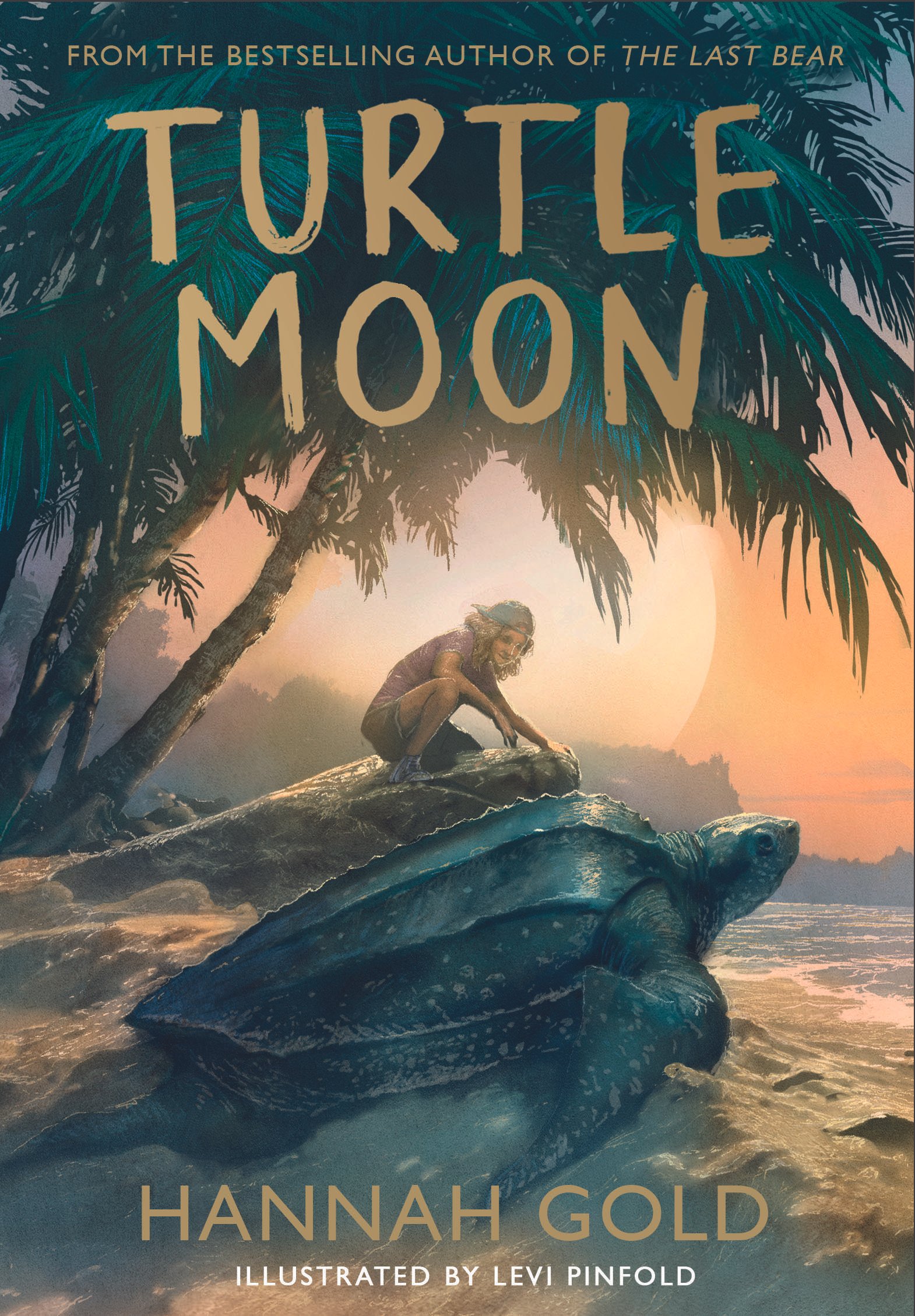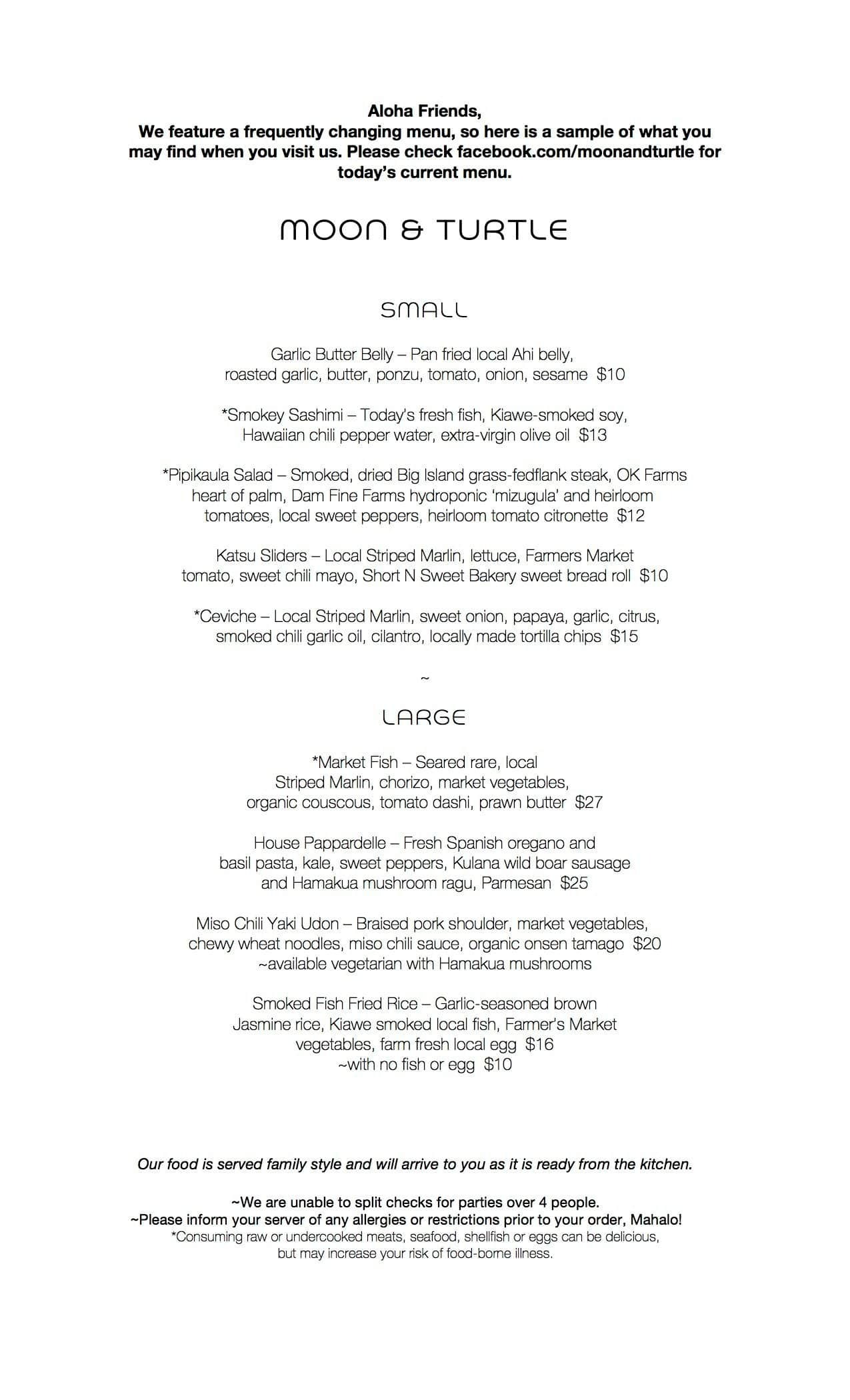Hey there, space enthusiasts and animal lovers! Let's dive into something truly out of this world. Have you ever wondered about the mysterious link between the moon and turtles? Yeah, you heard me right—moon and turtle. It’s not just a random pairing; there’s actually a lot more to it than meets the eye. So, buckle up as we embark on this cosmic adventure to uncover the secrets behind these two seemingly unrelated entities.
In this article, we’re going to explore how the moon, a celestial giant in our night sky, affects one of nature’s most resilient creatures—the humble turtle. From ancient myths to modern science, the connection between moon and turtle is both fascinating and inspiring. This isn’t just about astronomy or biology; it’s about understanding how everything in our universe is interconnected.
And guess what? By the end of this article, you’ll have a newfound appreciation for both the moon and turtles. Whether you’re a stargazer, an eco-warrior, or just someone who loves quirky facts, this journey will leave you starry-eyed and shell-shocked. So, let’s get started, shall we?
Read also:Milana Vayntrub Nude Debunking Myths And Understanding Privacy In The Digital Age
Table of Contents
- Biography: The Moon and Turtle
- Moon and Turtle in Mythology
- Understanding Turtle Biology
- How the Moon Affects Turtles
- Conservation Efforts for Turtles
- Interesting Statistics on Moon and Turtle
- Scientific Research on Moon-Turtle Link
- Environmental Impact of Moonlight
- Cultural Significance of Moon and Turtle
- The Future of Moon and Turtle Studies
Biography: The Moon and Turtle
Alright, let’s start with a little bio on our two main stars—err, star and creature. The moon, Earth’s only natural satellite, has been orbiting us for billions of years. It’s responsible for tides, eclipses, and inspiring countless poets and dreamers. On the other hand, turtles are ancient creatures that have been around since the time of dinosaurs. They’ve seen it all, from ice ages to asteroid impacts, and yet they still thrive.
Fun Facts About the Moon
- The moon is about 384,400 kilometers away from Earth.
- It’s the fifth-largest moon in our solar system.
- Humans first landed on the moon in 1969 during NASA’s Apollo 11 mission.
Turtle Basics
Now, let’s talk about turtles. These shelled wonders come in all shapes and sizes, from the massive leatherback turtle to the tiny bog turtle. They’re found in oceans, rivers, and even deserts. But what makes them special is their ability to adapt and survive in diverse environments.
| Species | Habitat | Average Lifespan |
|---|---|---|
| Leatherback Turtle | Ocean | 30-50 years |
| Box Turtle | Land | 50-100 years |
| Red-Eared Slider | Freshwater | 20-40 years |
Moon and Turtle in Mythology
Throughout history, both the moon and turtles have held significant roles in various cultures’ mythologies. In Native American folklore, the turtle is often seen as a symbol of Mother Earth, while the moon represents change and renewal. These stories passed down through generations highlight the deep respect and admiration humans have for these natural wonders.
In Chinese mythology, the moon goddess Chang’e is sometimes depicted riding on the back of a giant turtle. This imagery symbolizes longevity and wisdom, qualities often associated with both the moon and turtles. It’s amazing how different cultures across the globe independently came to similar conclusions about the significance of these two entities.
Read also:Meet Miss B Nasty The Rising Star Of The Digital World
Understanding Turtle Biology
Let’s get down to the nitty-gritty of turtle biology. Turtles belong to the reptile family and are characterized by their hard shells, which serve as both armor and home. They breathe air, lay eggs, and have a slow metabolism, allowing them to survive long periods without food or water.
Key Features of Turtles
- Shell: Provides protection from predators.
- Flippers: Adapted for swimming in sea turtles.
- Long Lifespan: Some species live over a century.
How the Moon Affects Turtles
Now, here’s where things get really interesting. The moon’s gravitational pull causes ocean tides, which directly impact sea turtles. Female sea turtles rely on the tides to nest on beaches, and hatchlings use the reflection of moonlight on the water to find their way back to the sea. This natural navigation system is crucial for their survival.
But wait, there’s more! Research has shown that moon phases can influence turtle behavior. During full moons, turtles may become more active, while during new moons, they tend to stay hidden. This rhythmic behavior is a testament to the intricate relationship between celestial bodies and life on Earth.
Conservation Efforts for Turtles
Unfortunately, turtles face numerous threats today, including habitat loss, pollution, and climate change. Conservationists around the world are working tirelessly to protect these incredible creatures. Programs like beach patrols, nest protection, and educational campaigns are helping to raise awareness about the importance of turtles and their ecosystems.
What You Can Do
- Reduce plastic use to prevent ocean pollution.
- Support organizations dedicated to turtle conservation.
- Participate in beach clean-up events.
Interesting Statistics on Moon and Turtle
Here are some mind-blowing stats that’ll make you appreciate the moon and turtle connection even more:
- Sea turtles can swim thousands of miles during migration, guided by the Earth’s magnetic field and moonlight.
- Over 50% of sea turtle populations are threatened by light pollution, which disorients hatchlings.
- The moon’s gravitational force creates tides that are essential for maintaining coastal ecosystems.
Scientific Research on Moon-Turtle Link
Scientists have conducted extensive studies on the relationship between the moon and turtles. One groundbreaking study found that turtle hatchlings use the angle of moonlight reflection on the water to determine the direction of the ocean. This discovery has revolutionized our understanding of animal navigation and the role of celestial cues in their behavior.
Another study explored how moon phases affect turtle feeding patterns. Researchers discovered that turtles tend to feed more during full moons, possibly due to increased visibility in the water. These findings highlight the complex interplay between lunar cycles and marine life.
Environmental Impact of Moonlight
Moonlight plays a crucial role in shaping ecosystems worldwide. For nocturnal animals, it provides essential light for hunting and mating. In coastal areas, moonlight influences the behavior of countless species, including turtles. However, artificial lighting from human activities can disrupt these natural processes, leading to negative consequences for wildlife.
Efforts are underway to mitigate the effects of light pollution on turtles and other nocturnal creatures. By implementing dark-sky initiatives and using eco-friendly lighting solutions, we can help preserve the delicate balance of nature.
Cultural Significance of Moon and Turtle
Across cultures, the moon and turtles hold special meanings that reflect our connection to the natural world. In Hawaiian culture, the honu (turtle) is considered a symbol of good luck and longevity. Meanwhile, the moon is celebrated during festivals like Mid-Autumn Festival in Asia, where families gather to admire its beauty and share mooncakes.
These cultural traditions remind us of the universal language of nature and the importance of preserving it for future generations. By honoring the moon and turtles in our stories and celebrations, we ensure that their legacy lives on.
The Future of Moon and Turtle Studies
As technology advances, so does our ability to study the moon and its effects on Earth’s creatures. Satellite imagery, remote sensing, and machine learning are just a few tools being used to gain deeper insights into the moon-turtle connection. Who knows what secrets we’ll uncover next?
In conclusion, the bond between the moon and turtles is a testament to the wonders of our universe. From ancient myths to cutting-edge science, this relationship continues to inspire and educate us. So, the next time you gaze at the moon or spot a turtle in the wild, take a moment to appreciate the incredible journey they share.
Now, it’s your turn! Share your thoughts in the comments below. Did you learn something new today? What’s your favorite moon or turtle fact? And don’t forget to check out our other articles for more fascinating discoveries. Until next time, keep exploring and stay curious!


